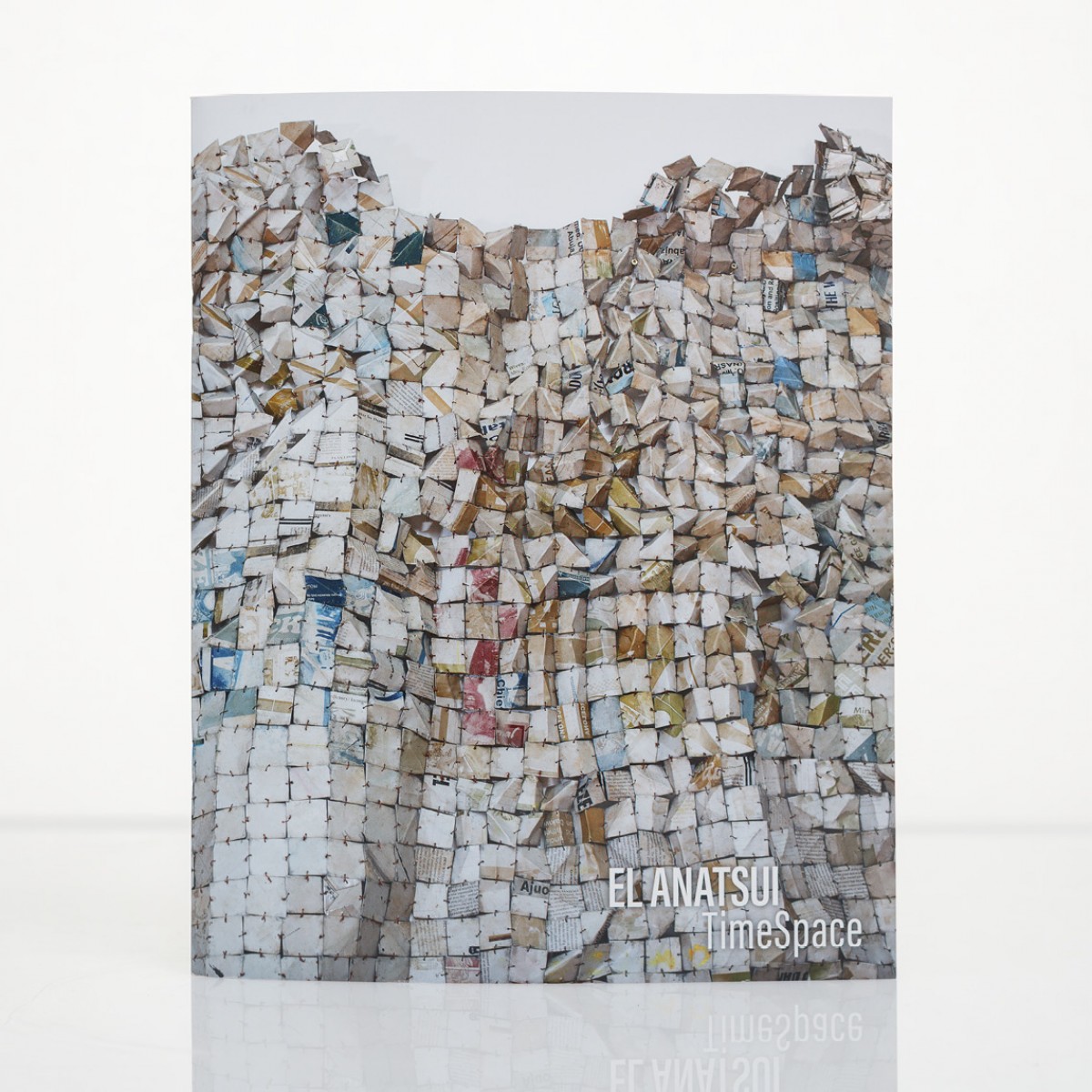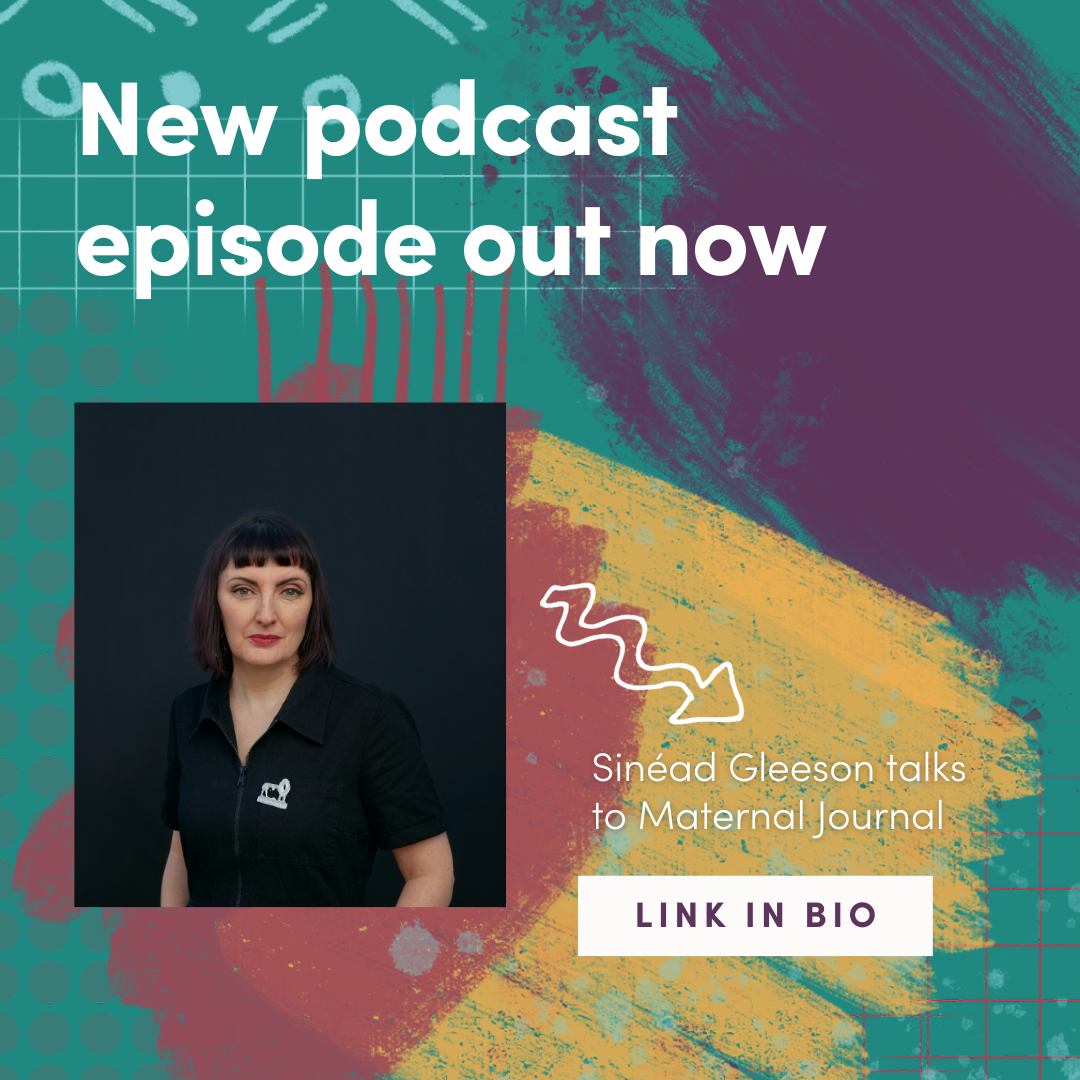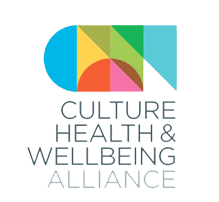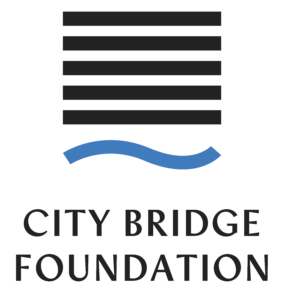Celebrating women artists, activists, writers, performers, community groups and organisations, with a diverse programme of…

Community Engagement Approaches by WIILMA
WIILMA is a community cohesion organisation based primarily on the Leyton/Stratford border of Waltham Forest. They focus on enhancing community cohesion and alleviating experiences of loneliness and isolation with diverse groups using creative arts. London Plus had the opportunity to talk with the organisation’s founder, JJ Khun. This case study investigates how WIILMA reaches such diverse communities.
WIILMA & Waltham Forest Diversity
Roughly 53% of Waltham Forest residents are from an ethnic minority background. The top six countries of origin are Romania, Hungary, Poland, Bulgaria, Lithuania, and Pakistan.
WIILMA reflects this diversity. They work with people from across Eastern and Central Europe, along with British, Pakistani, Somali, Bangladeshi, Indian, and Chinese individuals. Other demographics they work with include people of various faiths and no faith, people with seen and unseen disabilities, members of the LGBTQ+ community, and refugees.
As a small, grassroots organisation run by approximately 26 volunteers, WIILMA’s ability to reach such a broad range of individuals is especially impressive.
Before we Begin
It is important to keep in mind that WIILMA achieves everything outlined here while dealing with significant adversities, such as the fact that there has been no CVS in the borough for a number of years. Also, like many other small VCSE organisations, funding is a constant struggle, and finding suitable storage and community spaces at little to no cost is very difficult. On top of these issues, being at maximum capacity is a day-to-day reality for the organisation.
WIILMA excels at delivery despite these challenges. Seeing what more could be achieved if some of those barriers were alleviated would be interesting, given that WIILMA is excellent at reaching underserved communities. It is the same for other small VCSE organisations doing similar work. Being able to be part of the social prescribing pathway could help them to reach more people who are lonely and isolated, who might benefit from their services. It could also increase access to funding from the local system or even the integrated care system itself.
Community Engagement
It is no secret that community and youth centres have become considerably rarer over the last few years. As a result, community-based help for those that need it has also decreased. There are many that are likely in great need of the kind of community support WIILMA offers, and WIILMA helps to fulfil that need.
WIILMA does their best to ensure that their own diversity reflects that of the community in which they work. The volunteers speak many different languages and make sure that many of their projects are marketed to people in different languages such as Chinese, Polish and Arabic. They also make their cultural provision directly relevant. This creates a space that invites people from all walks of life and different cultures to take part and feel wanted.
“Our organisation is a place for everybody, regardless of race, ethnicity, ability, sexual orientation,” JJ explained.
On-the-Ground Community Engagement
WIILMA understands the importance of on-the-ground engagement, so they make sure to go into local businesses, places of worship, cafés with specific cuisines, and talk directly to the people they might be able to help. This is key to reaching different communities. These places are often closely tied to the nationalities of the area, and effective communication with them gives WIILMA the incredible reach they are known for.
They also put posters up on the street, hand out flyers, and raise their profile through word-of-mouth. People tend to “appreciate the old-fashioned method,” JJ explained. Many of those they are trying to reach don’t have access to the internet and continue to be digitally excluded, WIILMA realises this.
Community Inclusion
As examples. one of WIILMA’s beneficiaries didn’t have a landline phone, but still managed to hear about the organisation. Another person didn’t have access to the internet. They happened to see one of WIILMA’s posters and decided to go along to an event. These people can be in their 50s, perhaps even younger. Often, they’ll have their own complex health conditions, but still care for relatives while neglecting their own needs.
Many of these people will either not have the knowledge, ability, or time to go online and find community help. WIILMA has recognised this and opts to give most of their attention to on-the-ground engagement methods. “The connections that we’ve made on the ground,” said JJ, “those are the ones that have really turned into beautiful relationships with people.” In fact, many beneficiaries that have attended WIILMA workshops and since returned to their home countries still partake in online events. A local grassroots organisation that manages to transcend national boundaries is quite a feat.
Another example of this is what JJ explains as a “humble, local lockdown art competition” for children and adults, which was launched during the height of the pandemic. “We started getting entries from places like Indonesia, Moldova, and villages in India… If people are inspired to create – which is proven to support mental health – does it really matter where they’re from?” The Barbican then supported WIILMA, taking the digital exhibition into a physical space and launching WIILMA’s first international arts exhibition.







